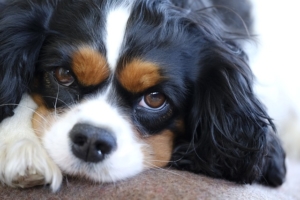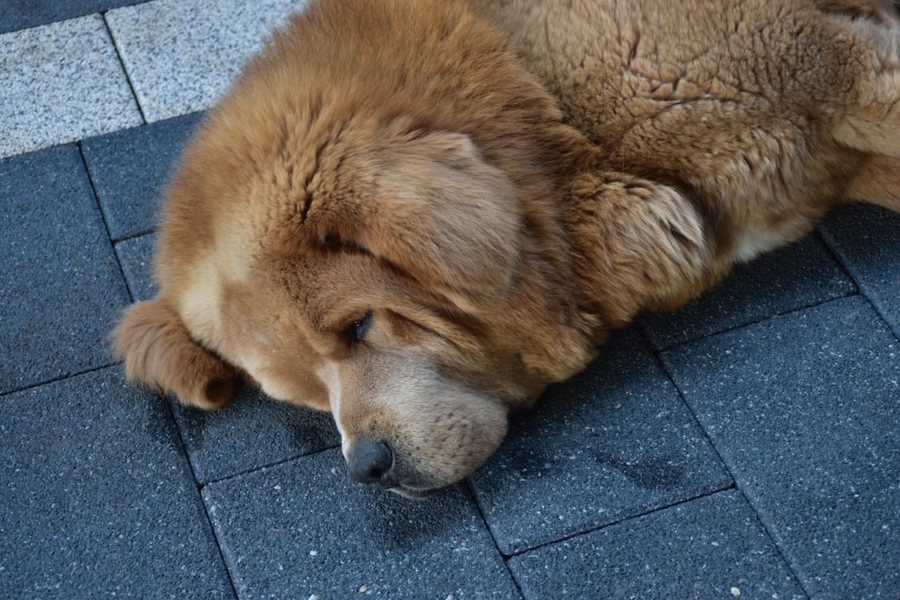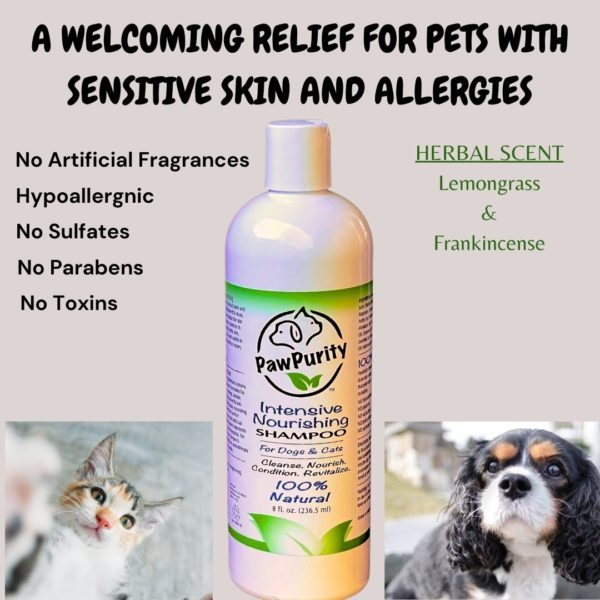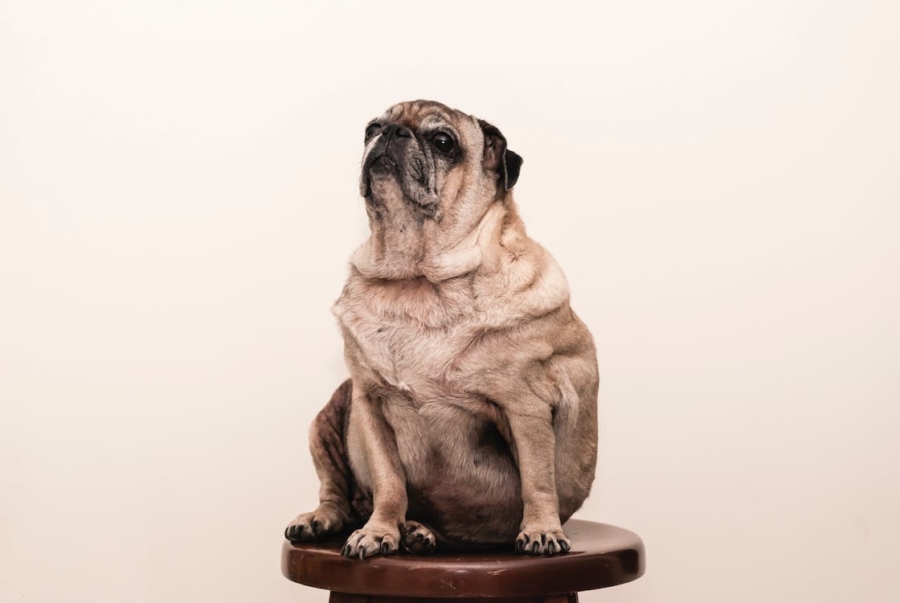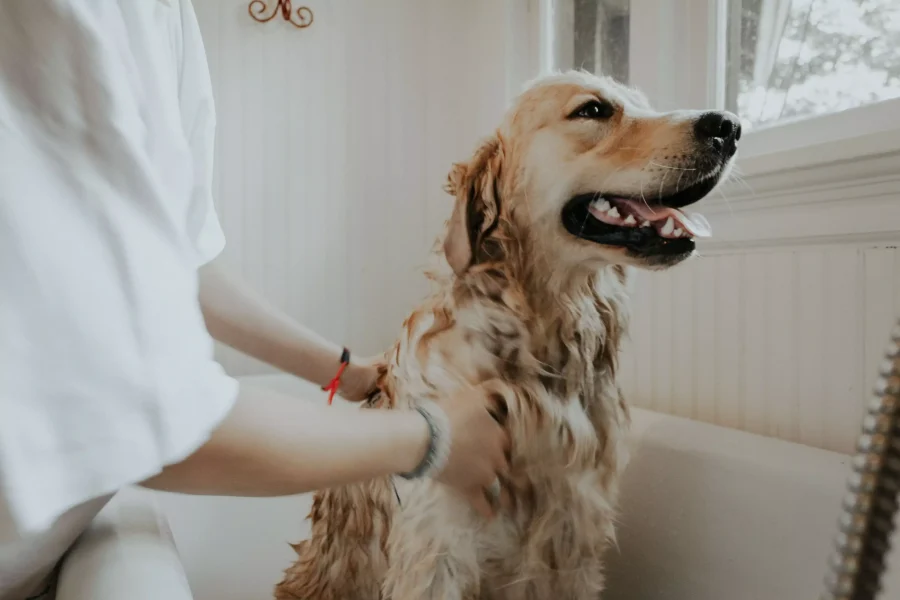Control Dog Shedding
Dog shedding, the natural process by which dogs shed their fur, is a common phenomenon among canine species. While shedding is a normal occurrence, understanding the medical aspects of this process can help pet owners identify potential underlying health conditions and ensure the overall well-being of their furry companions.
Canine shedding involves the shedding of old or damaged fur, allowing new hair to grow in its place. This process is influenced by a variety of factors, such as genetics, hormones, environmental conditions, and overall health. While some degree of shedding is expected in most dog breeds, excessive or abnormal shedding can indicate an underlying medical issue that requires attention. Understanding the medical aspects of dog shedding is crucial for pet owners to differentiate between normal shedding and shedding associated with potential health concerns.
In this article, we will explore the medical aspects of dog shedding in detail. We will discuss the anatomical and physiological factors involved in the shedding process, as well as the various causes that can contribute to abnormal or excessive shedding in dogs. Additionally, we will highlight the importance of appropriate grooming practices and a balanced diet in maintaining a healthy coat and minimizing shedding-related issues.
Anatomy and Physiology of Dog Hair
The structure of canine hair is a complex arrangement that consists of the hair follicle, hair shaft, and different layers. Understanding these structures is crucial for comprehending the shedding process in dogs.
- Hair Follicle
The hair follicle is a tiny sac located within the skin from which the hair grows. It consists of several components, including the dermal papilla, sebaceous gland, and arrector pili muscle. The dermal papilla supplies nutrients to the hair follicle, while the sebaceous gland produces sebum, an oily substance that moisturises the hair and skin. The arrector pili muscle, when contracted, causes the hair to stand on end.
- Hair Shaft
The hair shaft is the visible part of the hair that extends beyond the skin’s surface. It is composed of keratinised cells that form three main layers: the cuticle, cortex, and medulla.
- Cuticle: The cuticle is the outermost layer of the hair shaft, consisting of overlapping, scale-like cells. It provides protection and helps prevent damage to the underlying layers.
- Cortex: The cortex is the middle layer, responsible for providing strength, colour, and texture to the hair. It contains pigment granules that determine the hair’s colouration.
- Medulla: The medulla is the innermost layer of the hair shaft, consisting of loosely arranged cells. It may be absent in some hair types.
Dog Hair Growth Cycle
The hair growth cycle consists of three distinct phases: anagen, catagen, and telogen. Understanding these phases is essential to grasp the shedding process in dogs.
- Anagen (Growth Phase):
During the anagen phase, active hair growth occurs. The hair follicles are actively producing new cells, and the hair shaft is lengthening. This phase can last for several months to years, depending on the breed and individual dog.
- Catagen (Transition Phase):
The catagen phase is a short transitional period between the growth phase and the resting phase. Hair growth stops, and the hair follicle begins to shrink. This phase lasts for a few weeks.
- Telogen (Resting Phase):
The telogen phase is when the hair follicle remains dormant. During this phase, the old hair is retained while new hair begins growing beneath it. Shedding occurs primarily during the telogen phase when the old hair is pushed out by the new hair growth. The duration of the telogen phase varies between breeds but generally lasts for several weeks to a few months.
Shedding and Breed Variations
Different dog breeds exhibit variations in hair types, which influence shedding patterns and maintenance requirements.
- Single-Coated Breeds:
Single-coated breeds have a single layer of hair. This type of hair typically grows continuously and sheds minimally throughout the year. Examples include Poodles, Maltese, and Bichon Frises.
- Double-Coated Breeds:
Double-coated breeds have two layers of hair: a dense, insulating undercoat and a longer, protective topcoat. These breeds typically shed seasonally and undergo a more significant shedding event, often referred to as “blowing coat.” Examples of double-coated breeds include Huskies, Golden Retrievers, and German Shepherds.
- Hairless Breeds:
Hairless breeds, as the name suggests, lack or have minimal hair. These breeds shed minimally to no hair, but they require specific skin care and protection due to their lack of fur. Examples include Chinese Crested and Xoloitzcuintli.
Understanding the breed-specific variations in hair types and shedding patterns allows pet owners to tailor grooming practices and coat maintenance accordingly.
Causes of Dog Shedding
- Seasonal Shedding:
Certain dog breeds exhibit seasonal shedding, also known as “blowing coats,” as a response to changing environmental conditions, particularly temperature and daylight duration. This shedding pattern allows dogs to adapt their coat for different seasons. During the transition from colder to warmer months, dogs shed their thick winter undercoats to make way for a lighter, thinner coat suitable for warmer temperatures. Similarly, as colder months approach, dogs shed their summer coats to grow a thicker, insulating undercoat. Breeds that undergo seasonal shedding include many double-coated breeds, such as Huskies, Malamutes, and Collies. It is important to note that not all breeds exhibit pronounced seasonal shedding.
- Hormonal Factors:
Hormones, particularly estrogen, and testosterone, play a significant role in regulating hair growth and shedding in dogs. These hormones influence the hair growth cycle and the synchronization of shedding among hair follicles.
Estrogen: Female dogs experience fluctuations in estrogen levels during different stages of their reproductive cycle, including estrus (heat) and pregnancy. These hormonal changes can impact the hair growth cycle and result in shedding patterns.
Testosterone: Male dogs produce testosterone, which affects the hair growth cycle and shedding. Testosterone levels can vary during different stages of a male dog’s life, such as puberty and adulthood.
- Health Conditions:
Various medical conditions can contribute to excessive or abnormal shedding in dogs. It is important to consult a veterinarian for proper diagnosis and treatment if excessive shedding occurs. Some potential health conditions associated with increased shedding include:
Nutritional Deficiencies: Inadequate nutrition, particularly deficiencies in essential fatty acids, vitamins (such as biotin and zinc), and protein, can negatively impact coat health and lead to excessive shedding.
Allergies: Dogs can develop allergies to environmental factors (pollen, dust mites), shampoos, or specific food ingredients. Allergic reactions can cause itching, inflammation, and skin irritation, leading to excessive shedding. It’s best to stay informed about what grooming products you are putting on your pet’s skin, as many can cause allergy symptoms. For example, formaldehyde is a preservative that lost popularity years ago because of its link to cancer. It was banned in several countries. Pet product manufacturers like it because it’s cheap, easy to obtain, and gives products a long shelf life. However, they were forced to redevelop the preservative to release slowly instead of having straight formaldehyde in its formulation. However, even the slow-release formaldehyde may be dangerous, harming your pet with continued use. Additionally, there is a possibility that it still has a link to cancer, even at low levels. It may irritate the skin, eyes, nose, and throat.
Hormonal Imbalances: Imbalances in hormones, such as thyroid hormones or adrenal hormones, can disrupt the normal hair growth cycle and result in abnormal shedding patterns.
Skin Infections: Bacterial or fungal infections of the skin can cause itching, hair loss, and subsequent shedding. These infections may be secondary to underlying allergies or other skin conditions. Using shampoos with natural antibacterials and antifungals may be all that’s needed to reverse these skin conditions.
Other Medical Conditions: Certain systemic diseases, such as Cushing’s disease or hypothyroidism, can affect coat quality and contribute to excessive shedding.
Factors Influencing Shedding
- Environment and Climate:
Environmental factors, including temperature, humidity, and light exposure, can influence shedding patterns in dogs. These factors can trigger or alter the shedding process. Here are some ways in which the environment and climate affect shedding:
Temperature: Dogs may shed more during temperature transitions, such as seasonal changes or when transitioning between indoor and outdoor environments. As temperatures rise, dogs may shed their thicker winter coats to adapt to the warmer climate. Conversely, as temperatures decrease, dogs shed their lighter summer coats and grow a thicker undercoat to provide insulation.
Humidity: Humidity levels can impact the skin and coat health of dogs. Low humidity can result in dry skin, leading to increased shedding. On the other hand, high humidity may contribute to the growth of fungi or bacteria on the skin, leading to skin infections and subsequent shedding.
Light Exposure: The duration and intensity of daylight can influence shedding patterns in certain breeds. Dogs may shed more during the spring and fall seasons when there are significant changes in daylight duration. Changes in natural light can influence hormonal regulation and the hair growth cycle.
- Nutrition and Diet:
Proper nutrition and a balanced diet are crucial for maintaining a healthy coat and minimizing shedding in dogs. Essential nutrients, vitamins, and minerals play a vital role in promoting a healthy skin barrier and coat condition. Here are some key nutritional factors related to shedding:
Protein: Adequate protein intake is essential for healthy hair growth. High-quality protein sources provide the building blocks for strong and healthy hair follicles.
Essential Fatty Acids: Omega-3 and omega-6 fatty acids are essential for maintaining skin health and a glossy coat. They help reduce inflammation, improve skin barrier function, and minimize excessive shedding.
Vitamins and Minerals: Various vitamins and minerals, such as vitamin A, vitamin E, biotin, zinc, and copper, contribute to overall coat health. They support healthy hair growth, prevent dryness and flakiness, and help maintain the integrity of the skin.
Water Intake: Sufficient hydration is vital for healthy skin and coat. Adequate water intake helps maintain skin moisture and elasticity, reducing the risk of dryness and subsequent shedding.
Pet owners should consult with a veterinarian to determine the appropriate diet and ensure their dog receives a well-balanced and nutritionally adequate diet. Providing the necessary nutrients through high-quality dog food or supplements can contribute to a healthy coat and minimize excessive shedding.
Final Thoughts on Dog Shedding
By comprehending the anatomical, physiological, and environmental factors that contribute to shedding, pet owners can take appropriate measures to manage shedding effectively. Regular grooming using safe products, proper nutrition, and veterinary care can help maintain a healthy coat and minimize shedding-related concerns. If excessive shedding or skin issues persist after improving the diet and using a shampoo formulated for healthy skin, then you may want to visit your vet.
#DogShedding #SheddingInDogs #shedding



